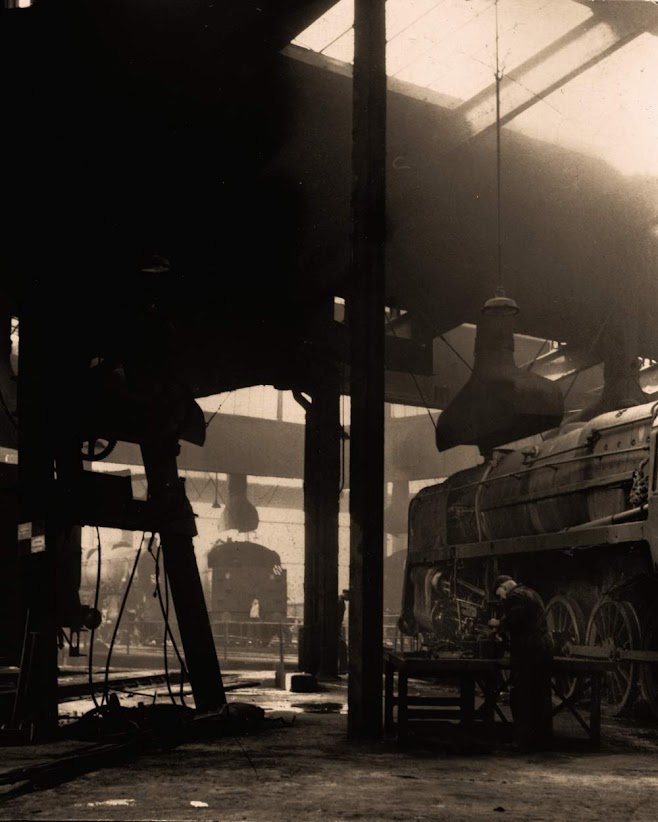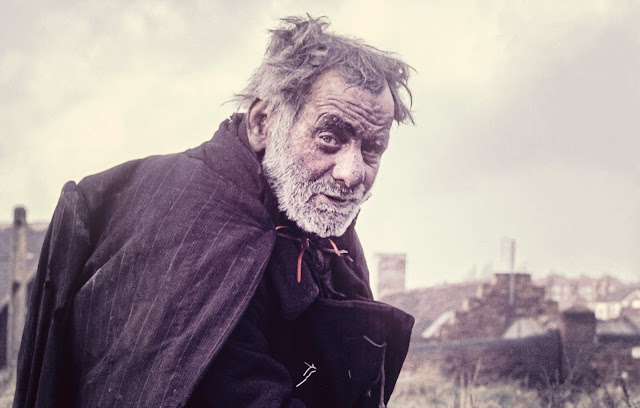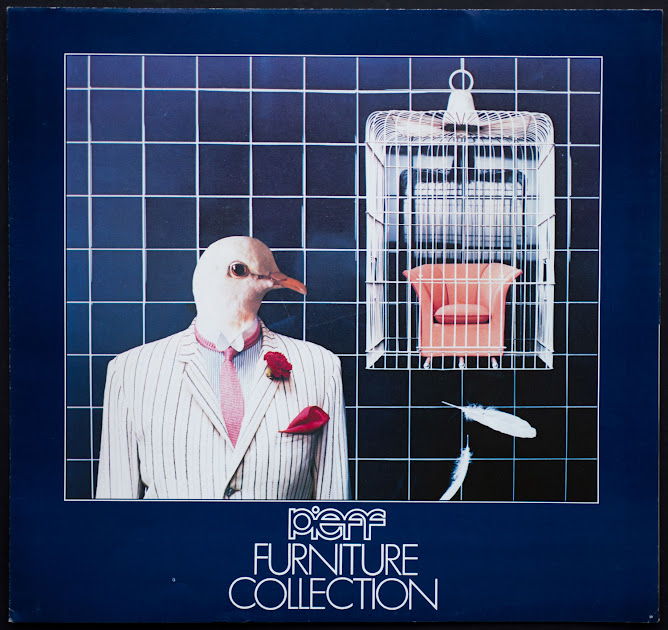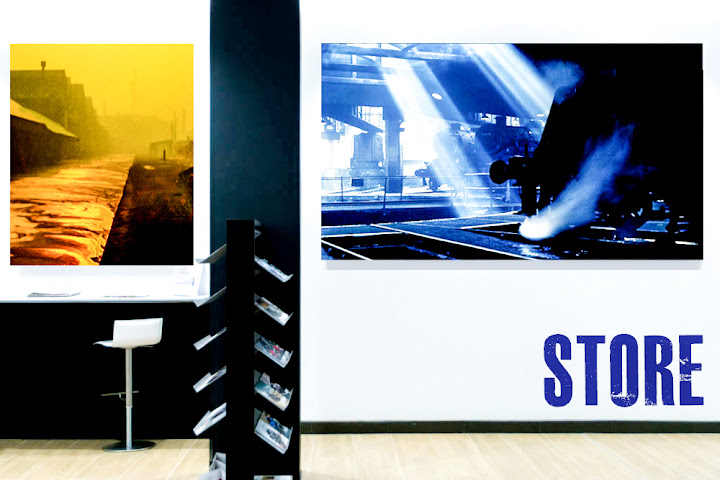A Nostalgic Tribute to 1960s Birmingham: Deb Wing’s Linotype Print Inspired by Peter Donnelly
Step into the cobbled streets and industrial past of the Birmingham through the evocative work of contemporary artist Deb Wing. Her latest linotype print pays a heartfelt tribute to the legendary photographer Peter Donnelly, capturing the essence of a bygone era with remarkable authenticity and artistry. This compelling piece is not just a work of art—it is a visual time capsule echoing the spirit of the 1960s.
Capturing Brummie Soul
The print is based on a photograph originally taken by Peter Donnelly, a celebrated documenter of working-class life in the West Midlands during the post-war years. Donnelly’s lens immortalized the everyday reality of the region—its soot-streaked buildings, smoky skies, and resilient communities. His image of a quiet backstreet corner, in Birmingham becomes the foundation for Wing’s reinterpretation.
Deb Wing, renowned for her linotype and relief printmaking, channels Donnelly’s photographic realism into a stylized visual narrative. Using careful carving, inking, and pressing techniques, she transforms history into bold, emotionally resonant colour.
A Scene Full of Story
Wing’s print vividly depicts a corner shop, its brick façade bathed in the soft glow of a misty industrial afternoon. Vintage advertisements for Bournville Cocoa and Brooke Bond Tea grace the walls—a nostalgic nod to everyday staples of the time. The tiled pavement and traditional streetlamp guide the viewer’s eye towards a child in a red coat, running between parked classic cars, one bearing the license plate—a subtle yet intentional timestamp of the mid-1960s.
In the background, towering chimneys and gas holders loom, silhouettes against a pale, smoky sky—symbolic of the once-thriving industrial backbone of the region. The surrounding terraced houses, lined in perfect symmetry, anchor the piece in working-class reality.
Linotype Printmaking: Preserving the Past
Linotype—or relief printing—has a tactile, almost architectural quality that suits this subject matter perfectly. Each brick, each line in the pavement, each detail in the signage is meticulously etched and inked, giving the image depth and life. The result is more than just a reproduction—it’s a reinterpretation with soul, inviting both reminiscence and admiration.
Deb Wing’s choice of medium and subject matter reflects her deep connection to Birmingham. The Cadbury advert which replaces the Woodbine Cigarette sign reflects the fact that Debs own great grandfather was one of the early residents and workers at Bournville. Her work consistently honours the overlooked beauty in ordinary landscapes or moments—something that aligns perfectly with Peter Donnelly’s work.
Why This Piece Matters
In an age of digital everything, this handcrafted linotype print stands as a tangible homage to the lost rhythms of Birmingham & Black Country life. It bridges photographic documentation and artistic interpretation, preserving not just the visuals but the atmosphere, culture, and feeling of the era.
Discover More
At BlackCountryNostalgia.com, we’re proud to showcase art that celebrates the character, history, and enduring identity of the region. Deb Wing’s linotype print, inspired by Peter Donnelly’s iconic 1960s photograph, is a standout piece in our curated collection of nostalgic artworks.
📚 Learn more about Peter Donnelly’s photography legacy.
🎨 Discover more from our featured artist Deb Wing.
https://www.amazon.co.uk/Were-Yesterday-Birmingham-Photographs-Remembered/dp/1704391431













Comments
Post a Comment